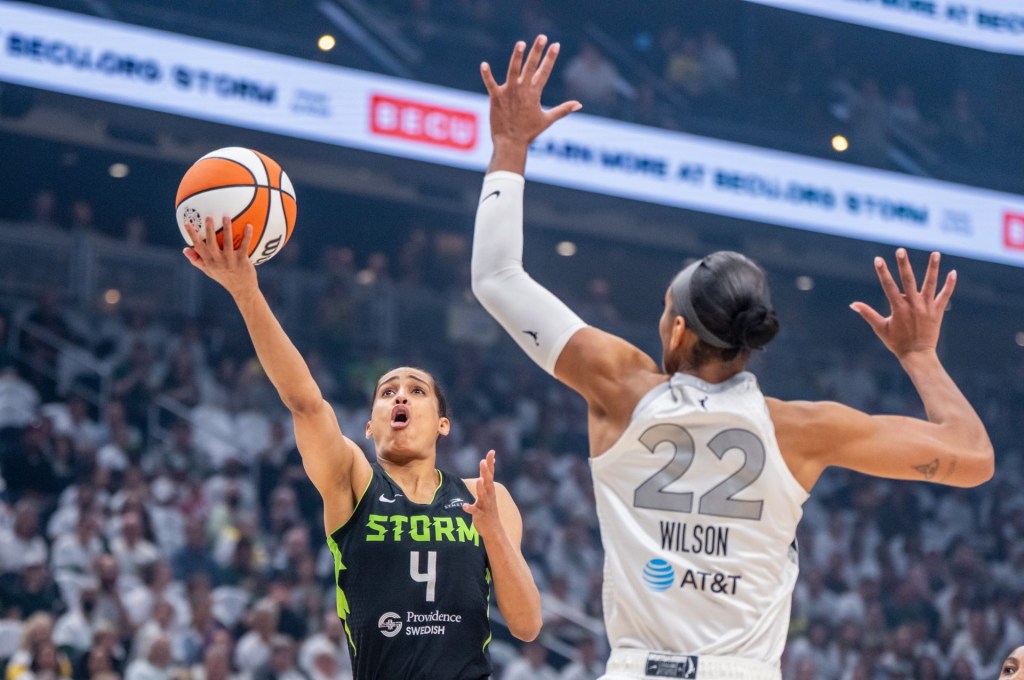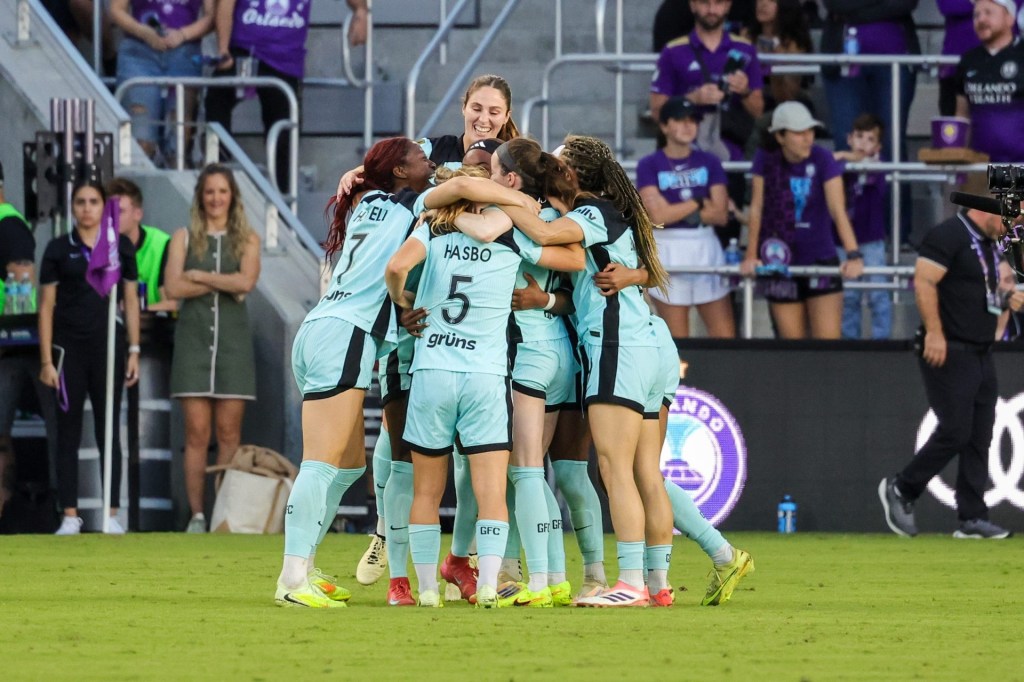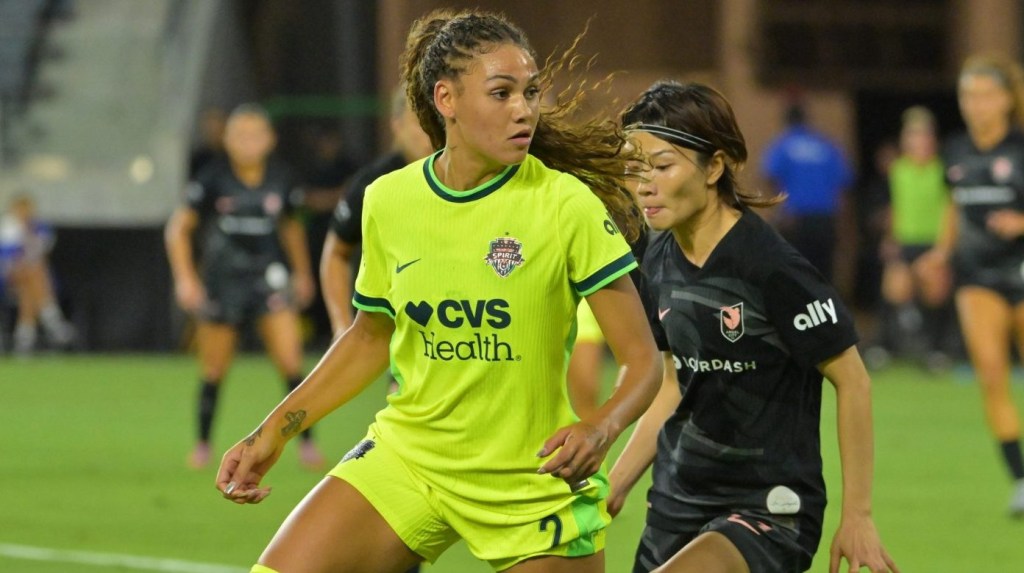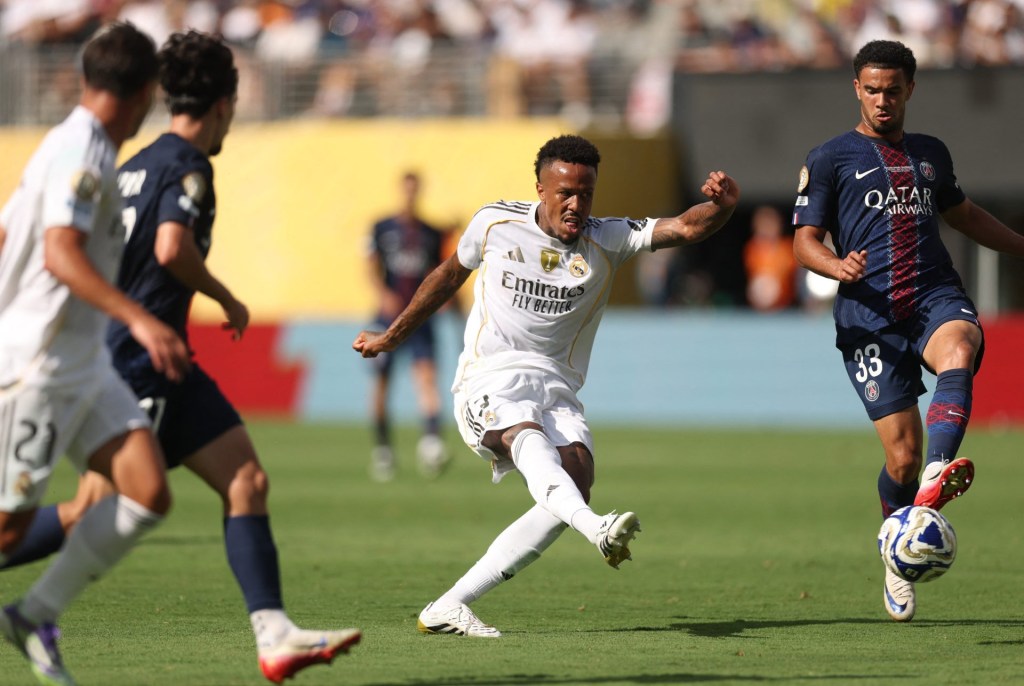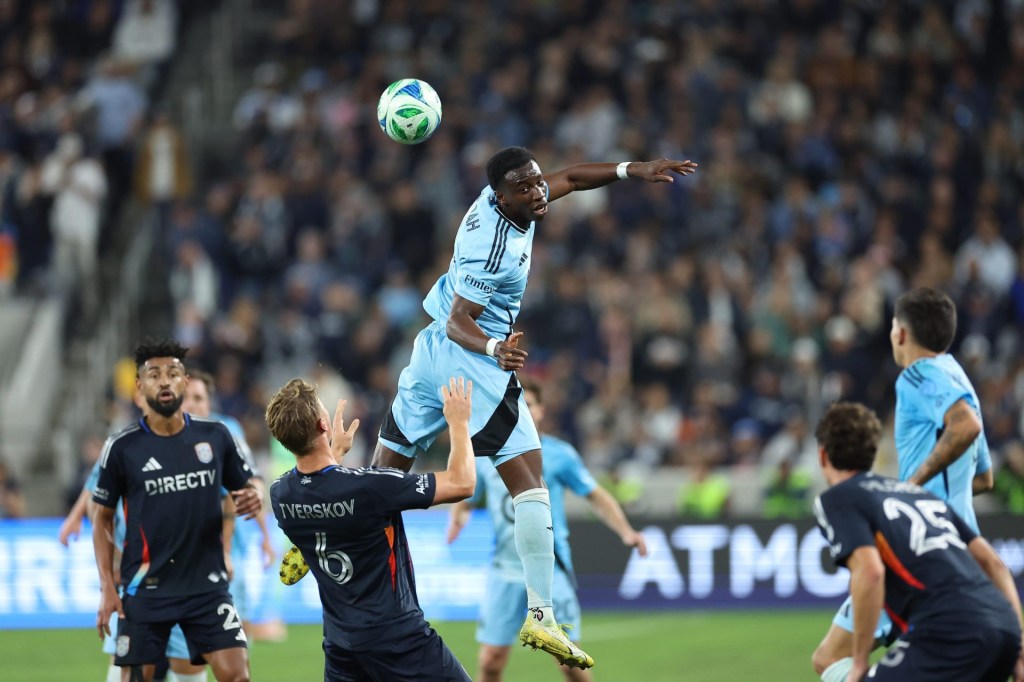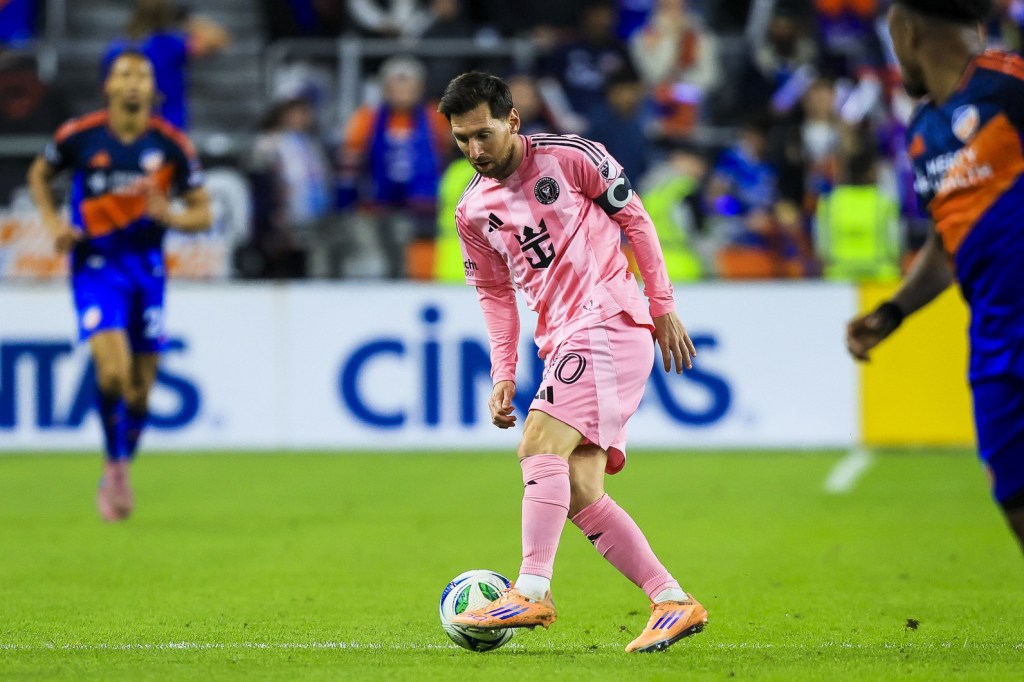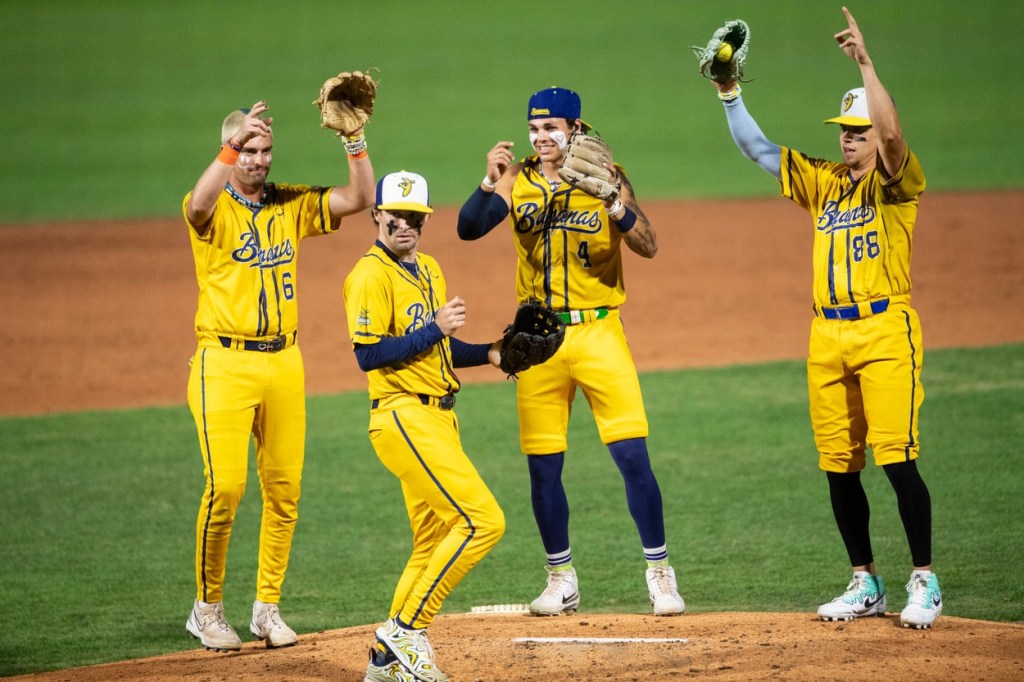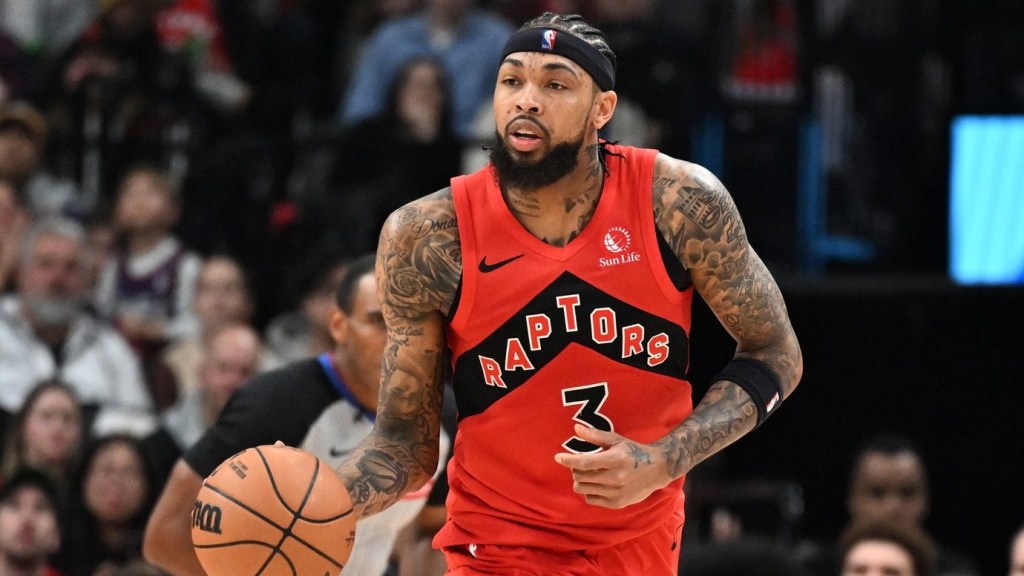High school football players in small-town Ohio don helmets on Friday nights with a bright orange tiger paw—the same one used by Clemson University. In Iowa, two schools with a Cardinals mascot also sport familiar marks: One uses the bird of the NFL team, and the other the University of Louisville. Schools in Texas copy the Detroit Lions, Jacksonville Jaguars, Denver Broncos, New England Patriots, and the University of Texas.
These programs are among the hundreds that use the official logos of professional and college teams. Some schools—and even entire districts—make slight tweaks in design or color, but many use the exact intellectual property.
They are all walking the delicate tight rope of trademark or copyright infringement.
Some institutions receive cease-and-desist letters from universities. Other programs find they need to strike a licensing agreement with the professional or college team from which they’ve lifted the logo to avoid legal action. And many schools simply try to fly under the radar.
The logo legal dilemma isn’t something many schools want to talk about.
Front Office Sports reached out to more than 30 schools that did not respond. One Michigan school that uses a Minnesota Vikings logo responded to an inquiry from FOS, then declined an interview at the request of their superintendent. A Catholic school in Texas said the Cardinal is their mascot but not their logo, despite the Arizona Cardinals mark prominently featured on the school’s Facebook page.
In some cases, schools will proactively reach out to get ahead of any potential legal trouble. Jason Hostetler, the superintendent of the Prairiland school district in Pattonville, Tex., tells FOS the New England Patriots gave them permission to use their logo decades ago. Hostetler says the school got the go-ahead “so that printers and such would put the logo on our uniforms and other materials.”
Hostetler says the district has adopted a new mark with the letter “P” that it uses with, or occasionally without, the NFL team’s logo. “We have started using the ‘P’ logo more as it stands out as Prairiland and not having to answer the ‘so you’re a New England Patriot fan’ when our people wore the patriot head,” Hostetler says.
The Patriots deferred comment to the NFL, which is generally pretty lax on its policy.
NFL spokesperson Brian McCarthy tells FOS that when a school asks to use a team’s logo, the league only requests they don’t use it on any merchandise, because that would be a “quality control matter. But, he adds, “we do not pursue legal action.” (Many schools appear to exploit this laissez faire approach.)

Yet lots of programs don’t do outreach, and instead take the legal risk.
The biggest reasons schools chance keeping a borrowed logo are tradition and obstinance to change. But costs are a huge factor, says Brandon Tucker of K12 Licensing, a company that informs schools of the legal consequences of using a trademarked logo, and tries to steer them toward making their own.
“They probably invested in a lot of marketing materials, the logo might be on the gym floor, on the football field, you name it, which can be quite expensive if you’re looking to make a change,” Tucker tells FOS.
Some schools find themselves as the target of more aggressive colleges or pro teams, which can send a notice or formal cease-and-desist letter, or file a lawsuit that argues trademark or copyright infringement. Schools that have taken a proactive route in the past include the University of Wisconsin, University of Arizona, University of Florida, and Florida State.
Making the case for trademark infringement necessitates proving a likelihood of confusion. For big teams, it’s hard to prove consumers would be confused at the point of sale, because anyone buying the high school’s merchandise knows it’s not from the professional or college team. But the bigger team could argue a consumer might think the high school got permission to use the logo in cases where that didn’t happen.
“If you think, ‘My kid’s high school must be able to use this logo because it has permission from the major league team,’ then that’s a kind of confusion that can be actionable as infringement,” trademark law expert and Northeastern University law and media professor Alexandra Roberts tells FOS. Trademark law deals with the entire brand, but copyright specifically concerns artwork. The copyright violating–logo would not need to be exactly the same, but would need to show “substantial similarity,” she says.
But for the professional or college team, the pros of going after logo copycats don’t always outweigh the cons.
While some teams might believe it’s in their best interest to dutifully protect their IP, Roberts says there isn’t much risk of major professional or collegiate teams abandoning their trademark or losing their enforceable rights because they didn’t go after elementary, middle, or high schools. Plus, it’s not the best PR.
“When you think about taking action or suing somebody, it’s worth considering whether they’re actually doing any harm,” Roberts says. “If you have a small school in a small town very far away, it seems unlikely that they’re doing any kind of harm to your brand.”
The more amicable options are making a coexistence agreement, which allows both sides to use the marks in ways that don’t step on the other’s toes; or establishing a licensing program, which can draw guidelines around the smaller school’s use of the logo.
In Texas, the Richardson Independent School District tells FOS it got permission from SMU to use the trademarked mustang logo. SMU confirmed to FOS that it charges schools $100 to make a licensing deal.
Kansas State also has a licensing program that it tells FOS includes 50 schools each paying $200 annually to use the logo. (The price has gone up since 2010, when the university charged $1 every two years, got a cut of a participating school’s merchandise sales, and forbid them from using University of Kansas colors.)
“If you make that choice to license, it might not necessarily be about making money,” Roberts says. “It might be more about implementing control and reaching some kind of agreement about use that gives guidance to the user.”
For high schools that hope to keep a low profile and use a trademarked logo anyway, they’re taking a big gamble. “At the end of the day,” says Tucker, “they’re all at risk unfortunately.”

